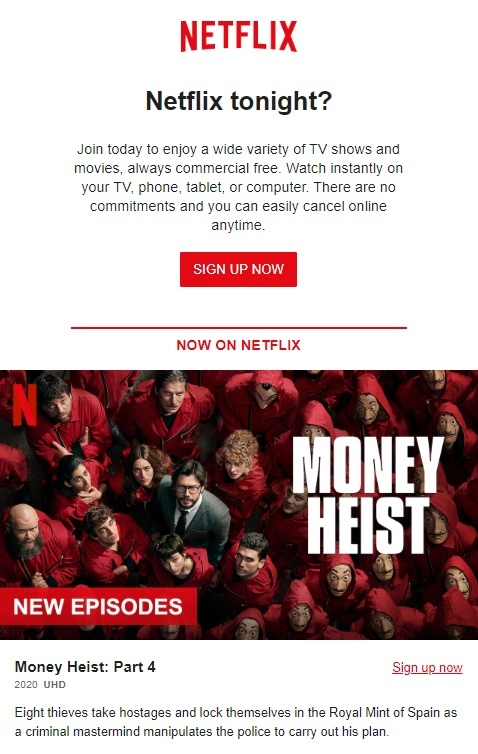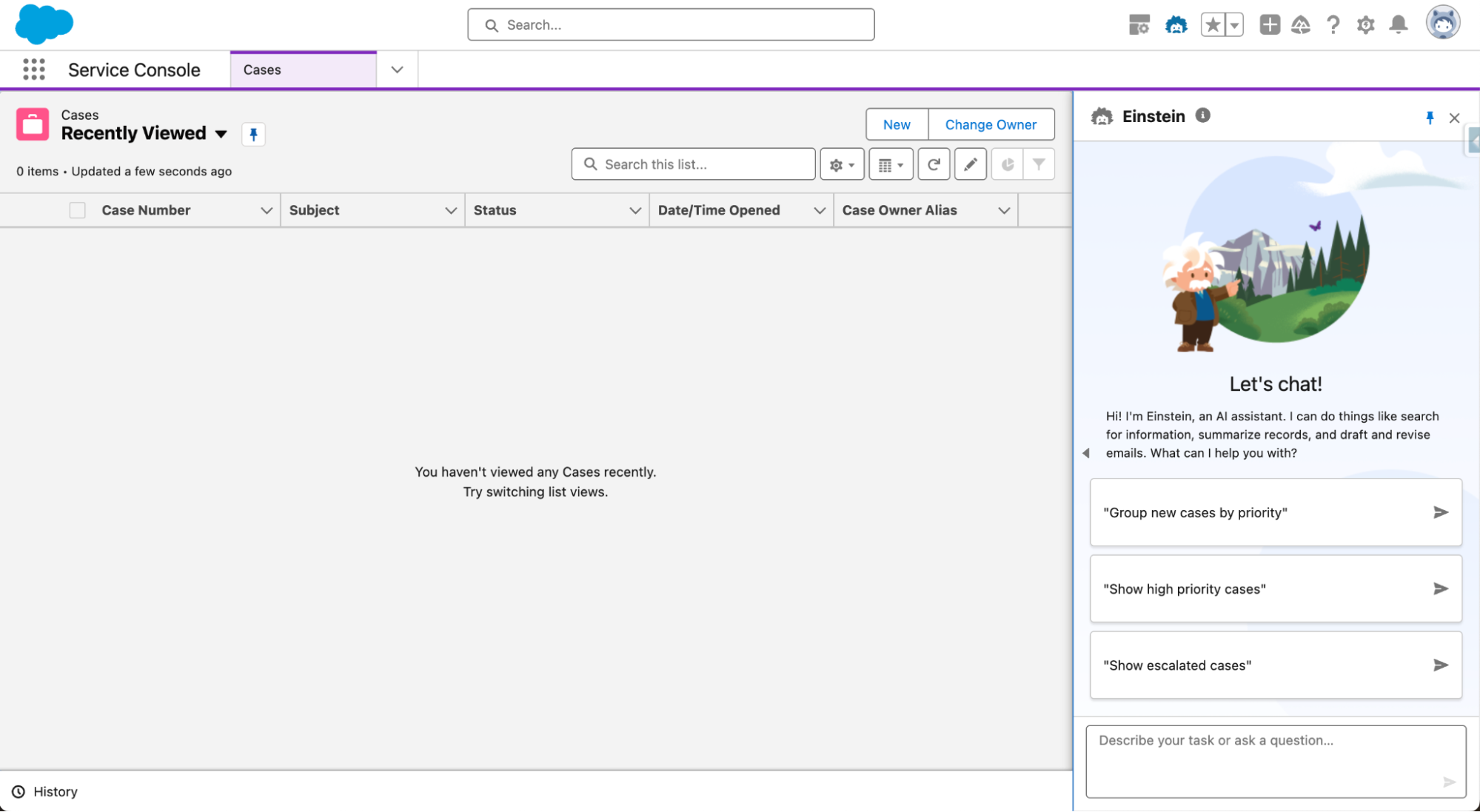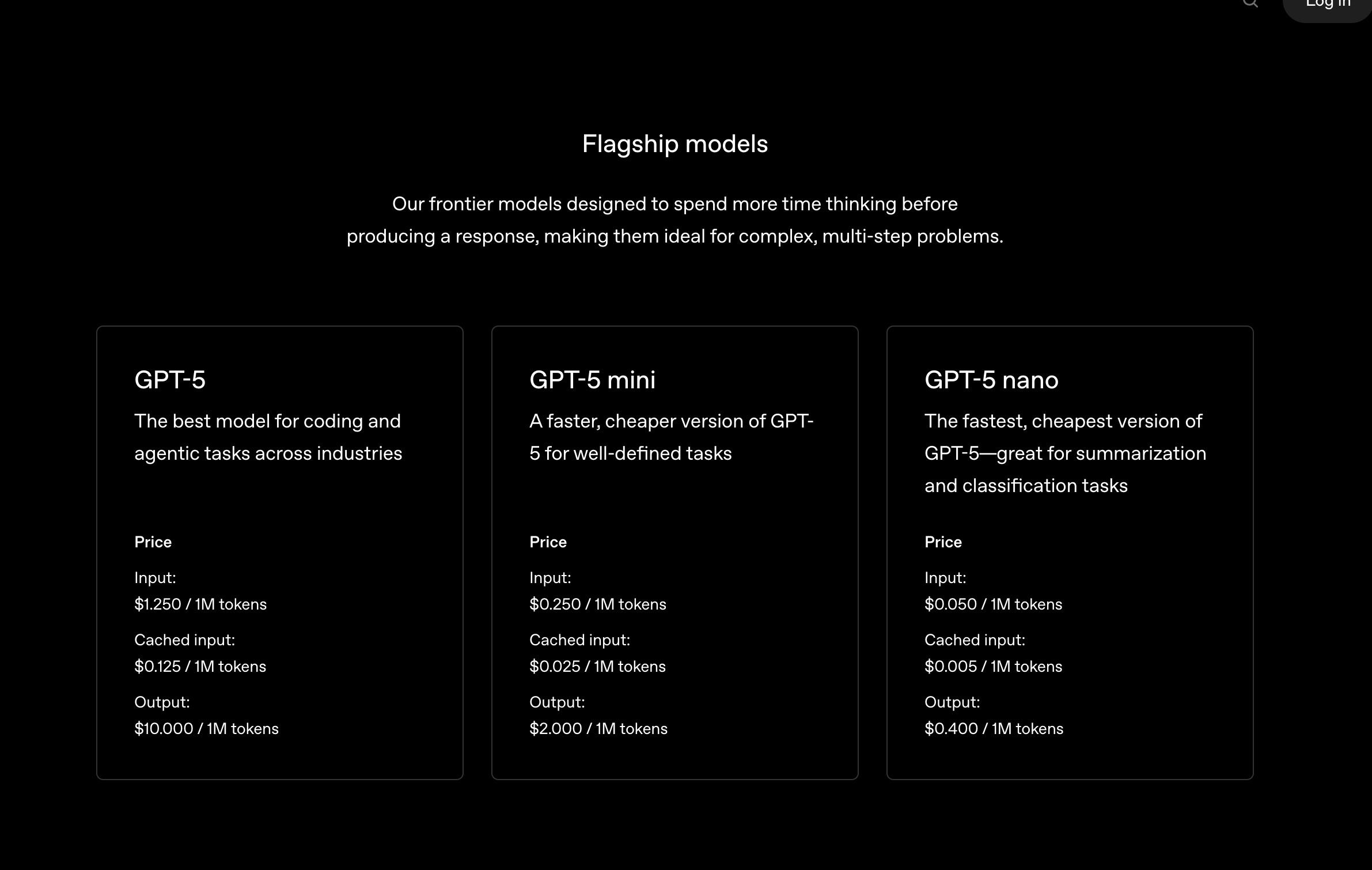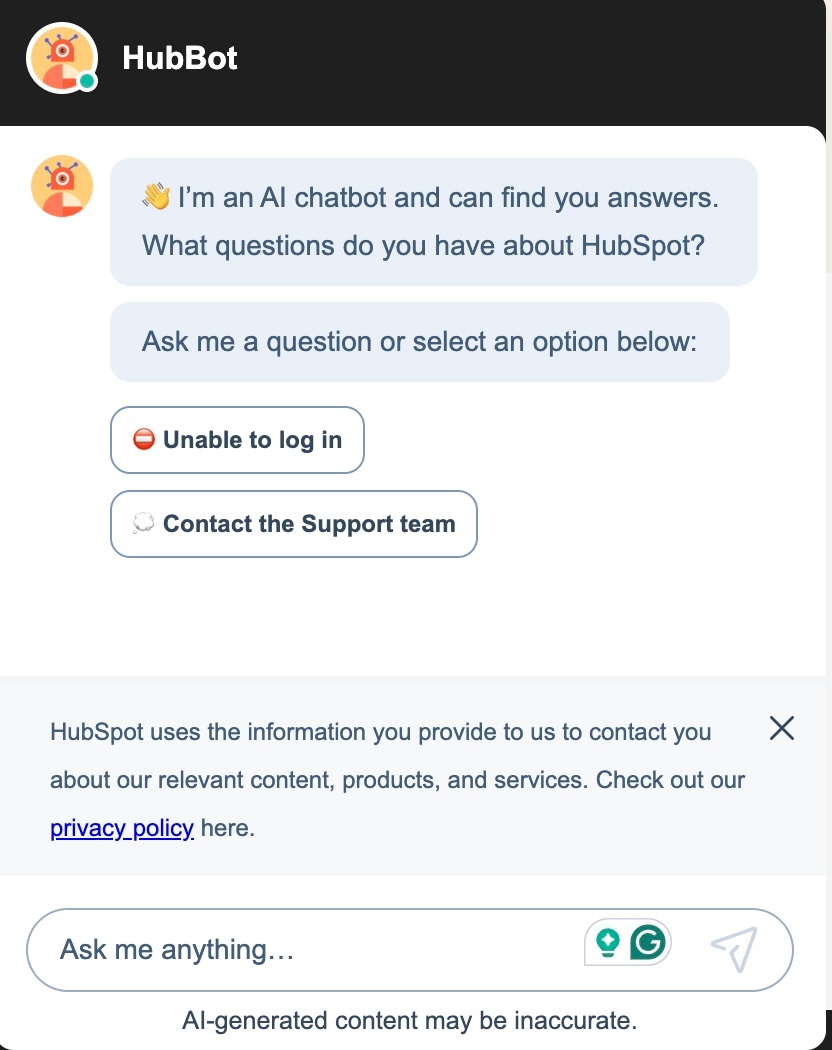What SaaS Marketing Trends Matter Most in 2025?
By Nicolas Jacobeus on November 21, 2025

Key Highlights
-
Artificial intelligence is transforming SaaS marketing strategies, enabling deep personalization and better customer engagement.
-
The SaaS industry is shifting toward niche solutions with the rise of vertical and micro-SaaS platforms.
-
Customer success and retention-focused marketing campaigns are becoming more critical than ever for sustainable growth.
-
Usage-based pricing models are gaining popularity, offering flexibility that attracts and retains more users.
-
Data security and privacy are now key marketing differentiators that build trust with your audience.
The SaaS market is growing faster and getting tougher than ever. With over 30,000 SaaS companies competing globally and customer acquisition costs rising by over 60% in the past five years, according to Exploding Topics, doing “more of the same” is no longer enough to stand out.
Traditional marketing funnels are giving way to dynamic, data-powered ecosystems where personalization, automation, and customer success determine who thrives and who fades.
This guide breaks down the top 15 SaaS marketing trends shaping 2025 and beyond, from AI-driven personalization to usage-based pricing, to help you future-proof your strategy and stay ahead of the curve.
What are the 15 SaaS Marketing Trends to Follow in 2025 and Beyond?
From implementing AI to focusing on hyper-specific niches, the SaaS marketing strategies that will dominate in 2025 are all about delivering more value and building stronger customer relationships. Let’s explore the content marketing trends that will define success in the coming year.
1. AI-Driven Personalization in SaaS Marketing
Artificial intelligence (AI) is revolutionizing how you connect with users.
Instead of a one-size-fits-all approach, AI allows you to tailor the user experience to individual needs. By implementing predictive analytics and analyzing user behavior, you can create SaaS solutions that feel uniquely designed for each customer.
Think of how Netflix recommends shows; SaaS platforms are now adopting similar intelligence to guide users.
This level of personalization goes beyond just using a customer's name in an email. AI enables you to deliver context-aware interactions that anticipate user intent and drive better outcomes.
This could mean:
-
Dynamically adjusting dashboards to show the most relevant data.
-
Recommending specific workflows based on a user's role and past actions.
-
Offering proactive support before a user even realizes they need help.
Ultimately, AI-driven personalization enhances the overall user experience, making your SaaS product more intuitive and valuable.
2. Automated Content Creation and AI-Human Collaboration
The demand for high-quality content is endless, and AI is here to help you meet it. Generative AI tools are changing the game for marketing campaigns by automating the creation of everything from blog posts to social media updates.
This technology utilizes machine learning to produce relevant and engaging content, freeing up your team to focus on strategy and creativity.
Leading SaaS applications are already integrating these capabilities. For example, design tool Canva introduced a feature for users to create designs using AI, while Salesforce launched its "Einstein Copilot" to help with various tasks. These SaaS tools can provide actionable insights and streamline your content pipeline. The benefits of automated content creation include:
-
Increased efficiency in content production.
-
Consistent brand messaging across all channels.
-
The ability to scale marketing campaigns quickly.
This trend allows you to deliver valuable content to your audience more consistently, helping you attract and nurture leads more effectively.
3. Hyper-Segmentation for Targeted Campaigns
Gone are the days of casting a wide net and hoping for the best.
Hyper-segmentation allows you to divide your audience into small, highly specific groups based on detailed customer data. This approach enables you to create marketing campaigns that speak directly to the unique customer needs of each segment, leading to higher engagement and conversion rates.
AI and predictive analytics are the engines behind effective hyper-segmentation. By analyzing customer data, AI can identify patterns and create micro-segments that would be impossible to define manually.
This is particularly powerful for SaaS platforms, as you can segment users based on:
-
Feature usage and adoption rates.
-
Behavioral patterns within the application.
-
Firmographic data like industry or company size.
This trend is also driving the rise of vertical SaaS, where products are designed for a specific industry.
By focusing on a niche, you can tailor your entire marketing message to address the precise pain points of that audience. Whether you're a broad platform or a vertical solution, hyper-segmentation ensures your marketing is always relevant and impactful.
4. Demo Marketing Expansion in SaaS
Hands-on demonstrations are an incredibly effective way to demonstrate your product's value, explain complex features, and build a human connection with your audience.
As customer engagement becomes a top priority, video marketing offers a dynamic and personal way to communicate with potential and existing users.
For a SaaS business, video can be used across the entire customer journey. From initial awareness to onboarding and ongoing support, well-produced video content can significantly enhance the user experience.
Consider implementing these best practices:
-
Create short, engaging demo videos that highlight key features.
-
Develop personalized onboarding tutorials to help new users get started.
-
Share customer testimonials and case studies to build trust and credibility.
As attention spans shorten, quick and informative videos are one of the fastest-growing channels for reaching your target audience.
Incorporating a robust content marketing strategy will help your SaaS business stand out in a crowded market and drive deeper customer engagement.
5. Voice Search Optimization for SaaS Brands
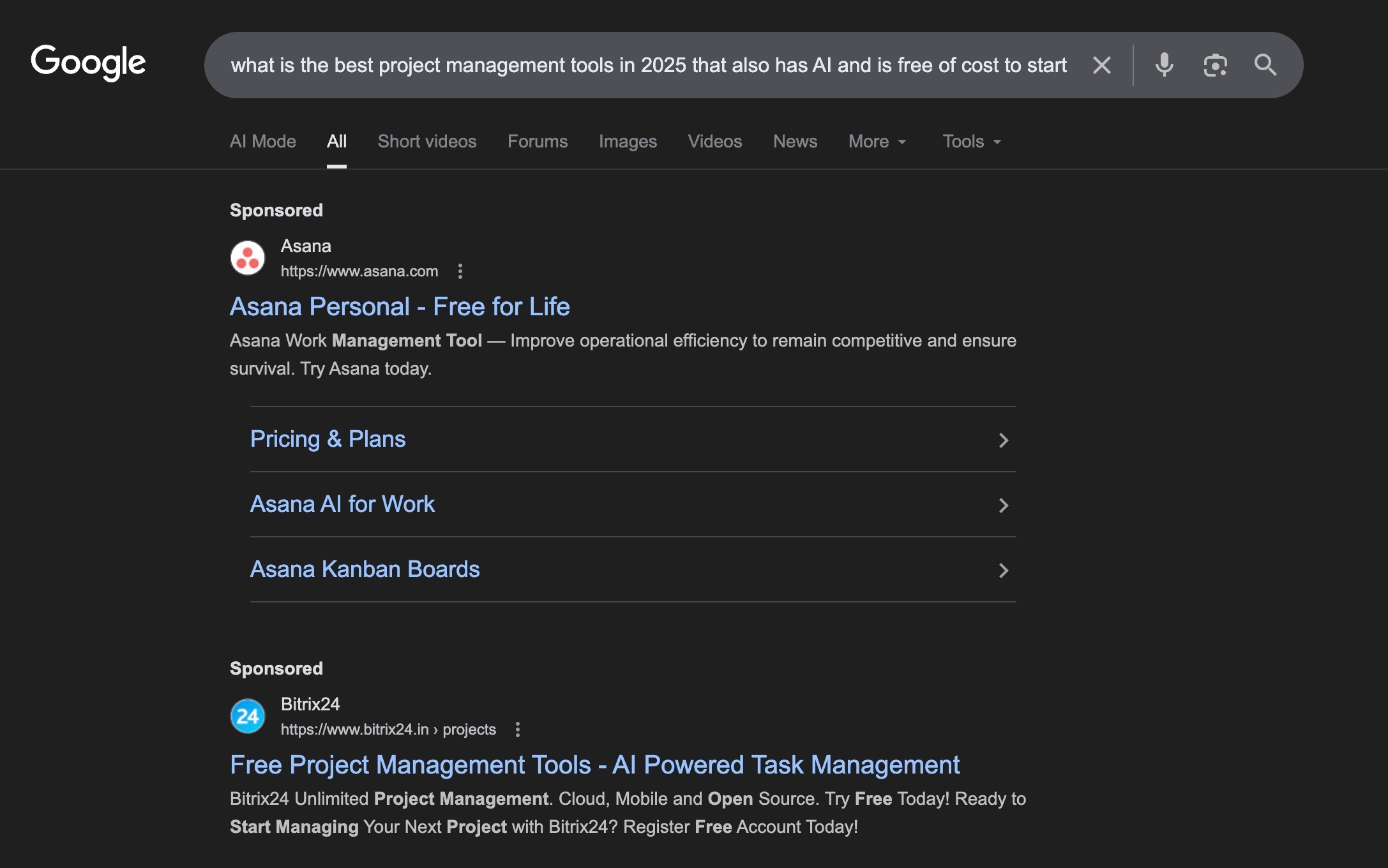 How are your customers searching for solutions?
How are your customers searching for solutions?
Increasingly, they're using their voice.
The rise of smart speakers and voice assistants has made voice search a critical channel for customer acquisition. Optimizing your content for voice search ensures that your SaaS brand appears when potential customers ask questions related to your product or industry.
Voice search optimization focuses on natural language and conversational queries. Instead of short keywords, people tend to ask full questions.
To improve your user experience and capture this traffic, you should:
-
Focus on long-tail keywords that mimic natural speech.
-
Create FAQ pages that directly answer common questions.
-
Ensure your website is mobile-friendly and loads quickly.
For SaaS applications, this means being the answer when someone asks, "What's the best tool for project management?" This forward-looking strategy will become even more important beyond 2025.
6. Data Privacy and Compliance as Marketing Differentiators
According to Infosecurity Magazine, SaaS breaches surged 300% in the last year, making security a top priority for buyers. One major issue is SaaS misconfiguration, which accounts for nearly 23% of cloud security incidents, according to SentinelOne.
Organizations are turning to tools like SaaS Security Posture Management (SSPM) to automate monitoring and reduce risk. Marketing your compliance with regulations like GDPR and your use of advanced security tools can set you apart. Emphasize:
-
Your commitment to protecting customer data.
-
The advanced encryption and access controls you use.
-
Your proactive approach to preventing data breaches.
Investing in and promoting your data security practices shows customers you value their privacy, turning a potential liability into a competitive advantage.
|
Security Practice |
Without SSPM Tools (Manual Checks) |
With SSPM Tools (Automated Monitoring) |
|---|---|---|
|
Frequency of Checks |
Monthly or less frequently |
Real-time, continuous |
|
Issue Detection Time |
Weeks or months |
Immediately |
|
Risk of Misconfiguration |
High |
Minimized |
|
Compliance Management |
Manual and time-consuming |
Automated and efficient |
7. Micro-SaaS Solutions Gaining Marketing Momentum
A growing trend, especially for SaaS startups, is the rise of micro-SaaS solutions.
These are small, highly focused tools designed to solve one specific problem for a niche market. Instead of trying to be an all-in-one platform, micro-SaaS providers do one thing exceptionally well.
This targeted approach offers several marketing advantages. Because micro-SaaS solutions are built for a well-defined audience, marketing efforts can be incredibly precise and cost-effective.
The benefits for smaller SaaS providers include:
-
Easier and faster product development and launch.
-
Lower barriers to entry with less overhead.
-
The ability to dominate a specific niche market.
Examples like Calendly for scheduling or Superpen for LinkedIn content prove the power of this model.
For SaaS startups, focusing on a micro-SaaS idea is an effective way to enter the market, build a loyal user base, and avoid direct competition with larger, more established players.
8. B2B Influencer Partnerships and Thought Leadership
Collaborating with B2B influencers, respected experts in your field, can amplify your message and lend credibility to your SaaS business. This isn't about celebrity endorsements; it's about partnering with authentic voices who already have the attention and trust of your target audience.
Effective strategies include:
-
Co-creating content like webinars, articles, or whitepapers.
-
Featuring influencers in your marketing materials.
-
Sponsoring influencer content that aligns with your brand.
While B2B influencer marketing often brings to mind thought leaders or industry experts, one of the most powerful voices you can tap into is actually much closer, your own customers.
A satisfied client who shares their success story carries the same weight as an influencer endorsement, because it’s rooted in authentic experience.
This is where platforms like SaaSpirin come in.
Instead of leaving case studies and testimonials as an afterthought, SaaSpirin helps SaaS companies turn customer wins into polished, multi-format assets, video testimonials, written case studies, and even social-ready clips.
The result is content you can repurpose across your sales, marketing, and customer success channels.
In many ways, your happiest customers are your most effective influencers, and SaaSpirin makes sure their stories are told in a way that resonates.
9. Low-Code/No-Code Platforms Enabling Marketer Agility
What if your marketing team could build and launch their own applications without writing any code?
That's the power of low-code/no-code platforms. This trend is empowering non-technical users to create custom SaaS apps, automate workflows, and launch marketing campaigns faster than ever before.
Gartner predicts that by 2025, 70% of new applications will be developed using these technologies.
These code platforms use visual interfaces and pre-built templates, dramatically reducing the dependency on IT and development teams. For marketers, this means more agility and control.
Imagine being able to:
-
Build a custom landing page for a new campaign in hours, not weeks.
-
Create an internal tool to track marketing analytics.
-
Automate complex workflows without needing a developer.
Platforms like Bubble and Glide are making software development accessible to everyone.
This democratization of technology allows marketing teams to innovate quickly, respond to market changes instantly, and execute more effective campaigns without being held back by technical backlogs.
10. Usage-Based Pricing Strategies in SaaS
The traditional fixed-subscription model is making way for a more flexible alternative: usage-based pricing.
With this approach, customers pay only for what they use, creating a fairer and more scalable system. This model aligns the cost of your SaaS product with the value it delivers, which can be a powerful tool for customer acquisition and retention.
This pricing strategy lowers the barrier to entry for new customers, as they can start with low usage and scale up as their needs grow. It also builds trust, as customers feel they are in control of their spending. Companies like OpenAI have successfully used this model for services like ChatGPT Plus.
Key benefits include:
-
Attracting a wider range of customers, from small users to large enterprises.
-
Reducing friction in the sales process.
-
Increasing revenue as customers find more value and increase their usage.
As market growth in the SaaS industry continues, flexible pricing will become a key differentiator. Usage-based models are a customer-centric approach that ensures your success is directly tied to your customers' success, setting the stage for long-term, sustainable growth.
11. Expansion into Emerging International Markets
The global SaaS market is expanding far beyond North America and Europe. Emerging markets in Latin America (LATAM), Asia-Pacific (APAC), and the Middle East & North Africa (MENA) are experiencing rapid digital transformation, creating huge opportunities for business growth.
For instance, according to Grand View Research, the Asia-Pacific (APAC) Software as a Service (SaaS) market is expected to reach US$108.90 billion by 2029 (from US$42.19 billion in 2024 at a CAGR of 20.88%).
To succeed in these emerging markets, you can't simply use the same strategy that worked at home. You need to adapt to local needs.
This means:
-
Offering localized pricing and supporting multiple currencies.
-
Complying with regional data protection laws, such as Brazil's LGPD.
-
Developing mobile-first platforms, as many of these regions have high mobile internet usage.
By tailoring your product and marketing to these niche markets, you can tap into a massive new customer base. A deep understanding of local culture, regulations, and buying behavior is essential for capturing your share of the expanding global SaaS market.
12. Customer Success Driving Retention-Focused Campaigns
In the SaaS world, keeping a customer is just as important as acquiring one.
That's why customer success has become a central pillar of modern marketing strategies. Instead of focusing solely on the initial sale, smart SaaS companies are investing heavily in ensuring their customers achieve their desired outcomes while using the product.
This focus on success is the key to improving customer retention and reducing churn rate.
A strong customer success program directly impacts your bottom line by increasing customer lifetime value (CLV). Happy, successful customers are more likely to renew their subscriptions, upgrade their plans, and become advocates for your brand.
To make customer success a driver of your marketing, you should:
-
Provide excellent, personalized onboarding experiences.
-
Proactively anticipate customer challenges and offer solutions.
-
Regularly gather feedback to improve your product and services.
By prioritizing customer success, your marketing efforts shift from a transactional focus to a relational one. A successful customer is a loyal customer, and this retention-focused approach is the foundation of sustainable growth for any SaaS company.
13. Integration of Chatbots and Conversational AI in Marketing
How can you provide instant support and engagement 24/7?
The answer lies in chatbots and conversational AI.
These tools have evolved from simple Q&A bots to sophisticated assistants that can handle complex queries, qualify leads, and guide users through your marketing funnel. Integrating conversational AI into your marketing strategy can dramatically improve the user experience and free up your team for more strategic tasks.
These AI-powered tools are becoming essential for modern customer support and marketing. They can be deployed across your website and within your application to offer immediate assistance. The benefits of using chatbots and conversational AI include:
-
Providing instant responses to customer questions at any time of day.
-
Automating lead qualification and scheduling demos.
-
Personalizing user interactions based on their behavior and history.
This not only improves customer satisfaction but also makes your marketing and sales processes more efficient, allowing you to engage with more potential customers without scaling your team.
14. ESG (Environmental, Social, Governance) Messaging in SaaS
Today's customers care about more than just a great product; they want to support businesses that are socially and environmentally responsible.
This shift in customer expectations has made Environmental, Social, and Governance (ESG) principles a crucial part of SaaS marketing. Communicating your commitment to sustainability and ethical practices can build a stronger brand and attract like-minded customers.
Your SaaS business can demonstrate its commitment to ESG in several ways. For example, Salesforce powers its operations with 100% renewable energy, while other companies offer carbon accounting features to help their customers track their environmental impact.
To incorporate ESG into your messaging, consider these best practices:
-
Highlight your use of green infrastructure, like energy-efficient data centers.
-
Showcase your company's commitment to diversity and community engagement.
-
Be transparent about your ESG goals and report on your progress.
Integrating ESG messaging into your marketing strategy shows that your SaaS business is forward-thinking and aligned with modern values.
15. Superapps and Unified SaaS Experiences
Are your customers tired of juggling dozens of different SaaS tools?
The trend toward "superapps" aims to solve this problem by consolidating multiple services into a single, unified SaaS experience.
A superapp is a platform that provides a core set of features along with access to independently created mini-apps, creating a seamless ecosystem for users. According to Gartner, "a superapp is an app that provides end users...with a set of core features, along with access to independently created mini-apps."
This trend is driven by the need for greater operational efficiency and a better user experience. Instead of dealing with fragmented data and multiple subscriptions, users can get everything they need in one place. This approach helps to:
-
Reduce "app overload" and subscription fatigue.
-
Improve data consolidation and eliminate information silos.
-
Streamline workflows and boost productivity.
By developing or integrating into a superapp ecosystem, you can offer a more cohesive and valuable experience. This strategy enhances customer success by simplifying how users work, making your solution an indispensable part of their daily operations.
Conclusion
The SaaS landscape in 2025 will reward companies that stay agile, customer-centric, and innovative.
Winning teams won’t just chase every new tactic; they’ll thoughtfully adopt the strategies that align with their audience, whether that means turning customer success into powerful stories, experimenting with flexible pricing models, or doubling down on video and conversational AI.
The common thread?
SaaS growth in 2025 isn’t about louder marketing; it’s about smarter marketing.
Brands that put trust, personalization, and customer outcomes at the center of their strategy will set themselves apart, build long-term loyalty, and capture a bigger share of an increasingly competitive market.
If you’re ready to future-proof your SaaS marketing, start by testing one or two of these trends today. The earlier you adapt, the further ahead you’ll be when 2025’s winners emerge.
Frequently Asked Questions
How is AI influencing SaaS marketing strategies in 2025?
AI enables real-time personalization, predictive analytics, and conversational support. These AI SaaS market trends 2025 make platforms more intuitive, increasing engagement, retention, and customer loyalty.
Which new tools are driving growth in SaaS marketing this year?
Low-code platforms, generative AI, and video-first solutions are powering innovation. They reflect core SaaS marketing trends 2025, giving marketers agility, efficiency, and stronger campaign scalability.
How are B2B SaaS companies adapting their marketing strategies in 2025?
They’re embracing customer success, hyper-segmentation, and niche vertical solutions. These SaaS content marketing trends highlight trust-building, retention, and delivering measurable customer outcomes.
What role does personalization play in SaaS marketing trends for 2025?
Personalization now means contextual dashboards, tailored workflows, and proactive support. It’s a central driver of 2025 SaaS market trends and opportunities, making products feel built for each user.
Are there any emerging SaaS marketing trends that small startups should know about?
Startups can win with micro-SaaS, usage-based pricing, and localized expansion. These represent market trends future look at SaaS in the application markets, offering cost-effective paths to growth.
How is customer success shaping SaaS marketing strategies in 2025?
Retention-focused campaigns, personalized onboarding, and advocacy programs are turning success into a marketing engine, reducing churn and boosting lifetime value.
Which SaaS marketing channels are showing the most growth this year?
Video marketing, chatbots, and voice search optimization dominate growth channels, offering engagement at every stage of the buyer journey.
What predictions exist for the future of SaaS marketing beyond 2025?
Superapps, ESG messaging, and global market expansion suggest consolidation, ethical branding, and new customer bases will shape the next decade.
Which SaaS trend is obvious yet nobody is noticing it?
Micro-SaaS dominance is quietly growing. Small, focused solutions are disrupting niches with low cost and high adoption potential.
Is the SaaS market oversaturated now?
Yes, competition is intense. But differentiation through trust, personalization, and customer success still creates strong opportunities for sustainable growth.
You May Also Like
These Related Stories

What is SaaS Content Marketing?
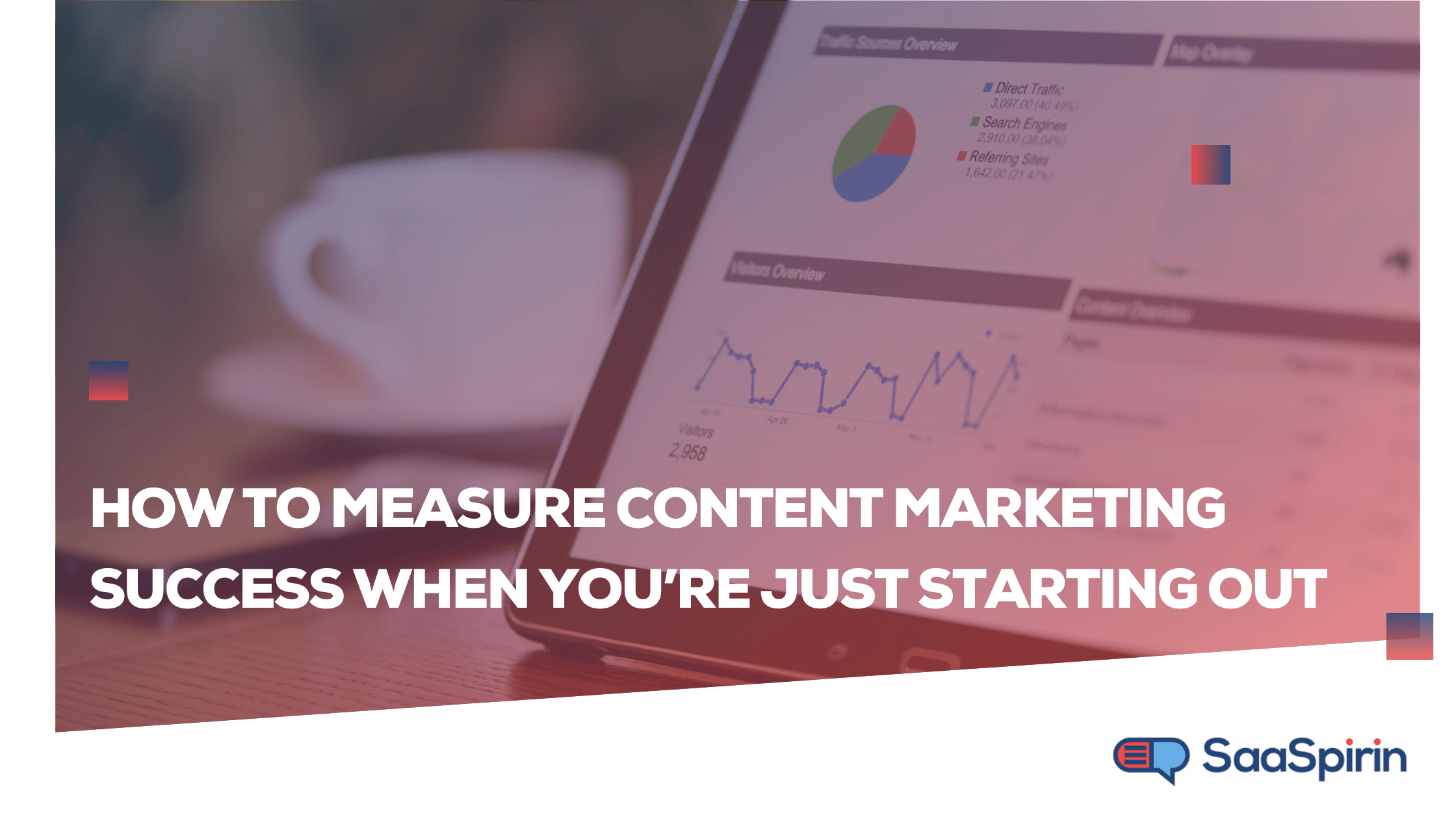
How to Measure Content Marketing Success When You’re Just Starting Out

